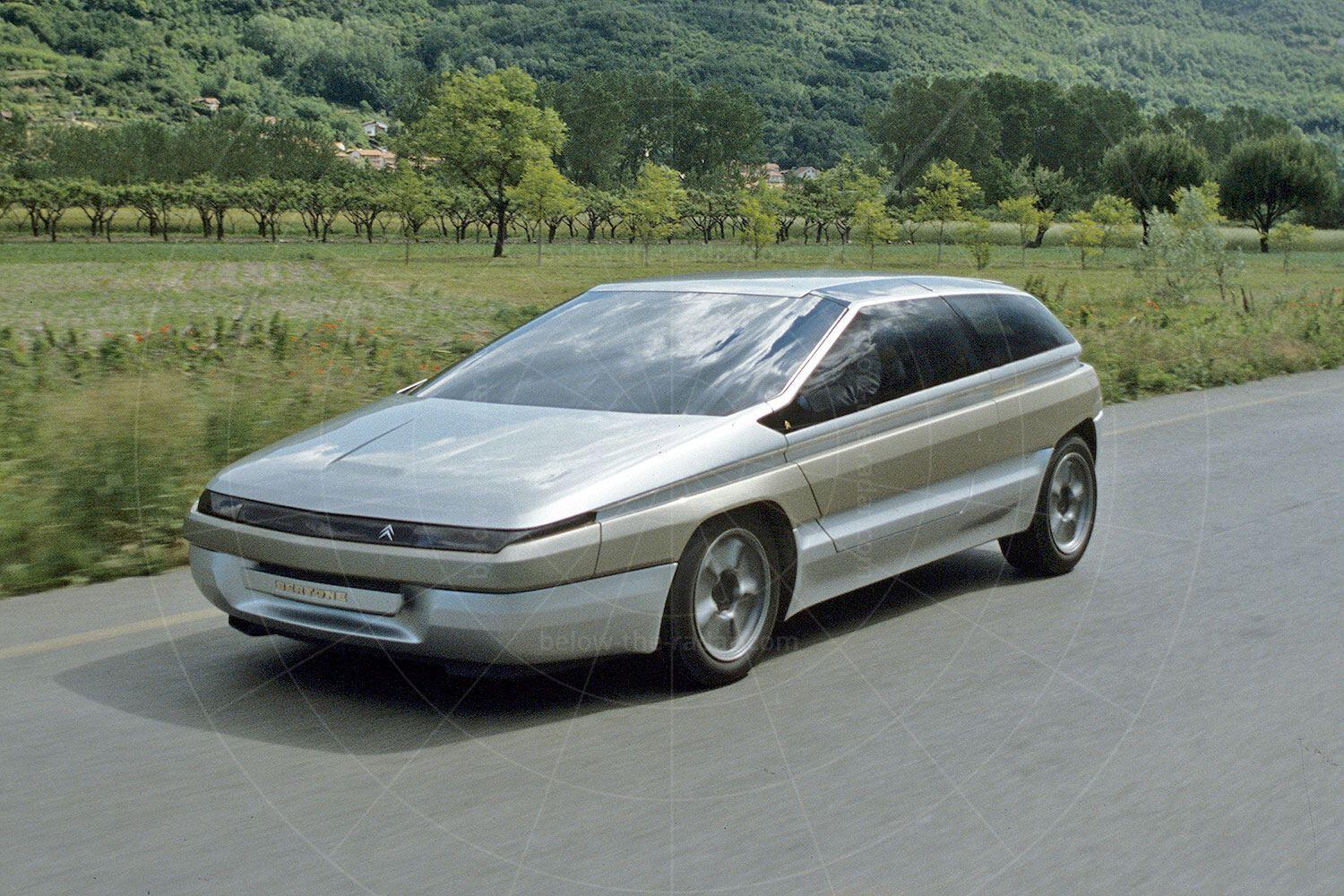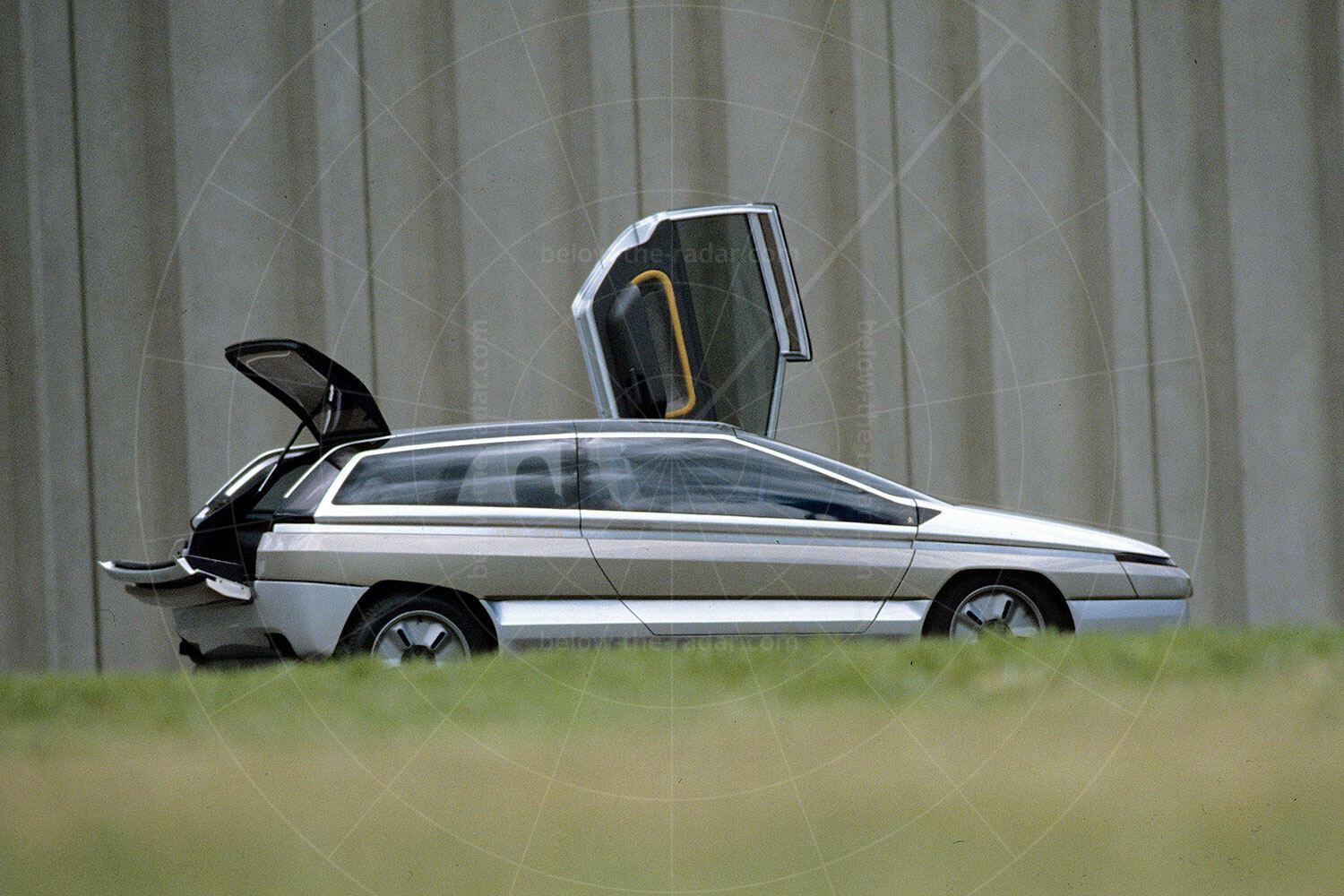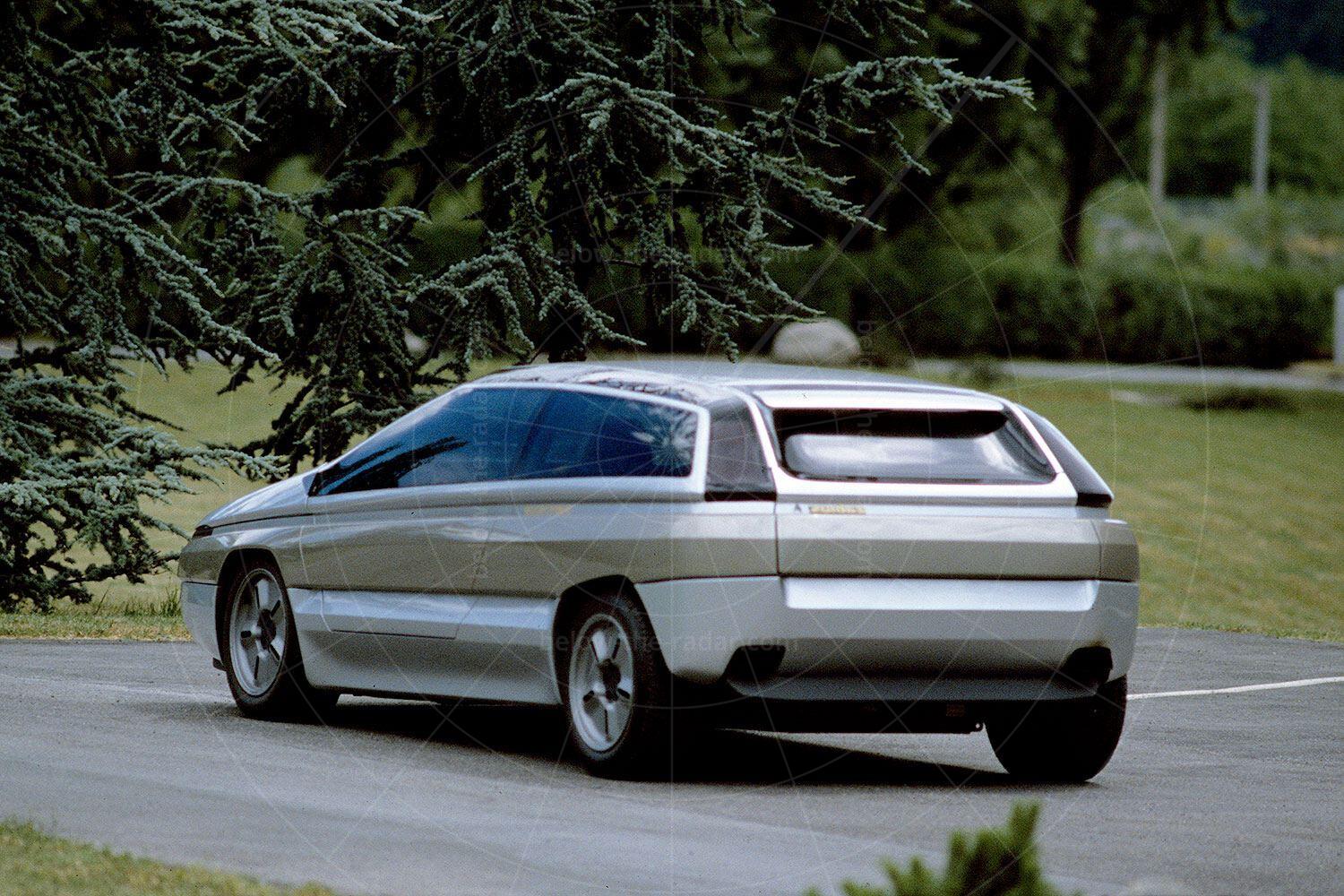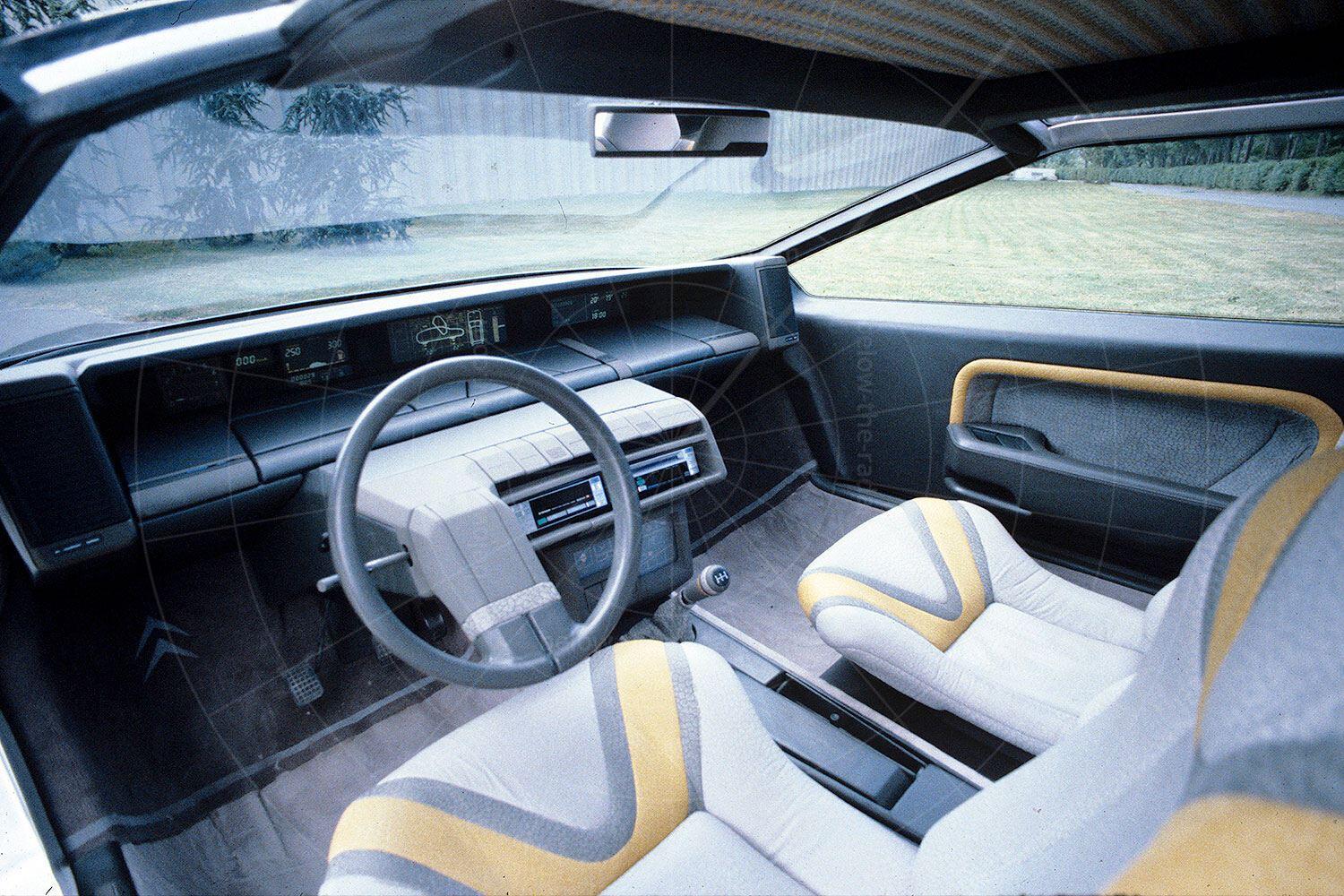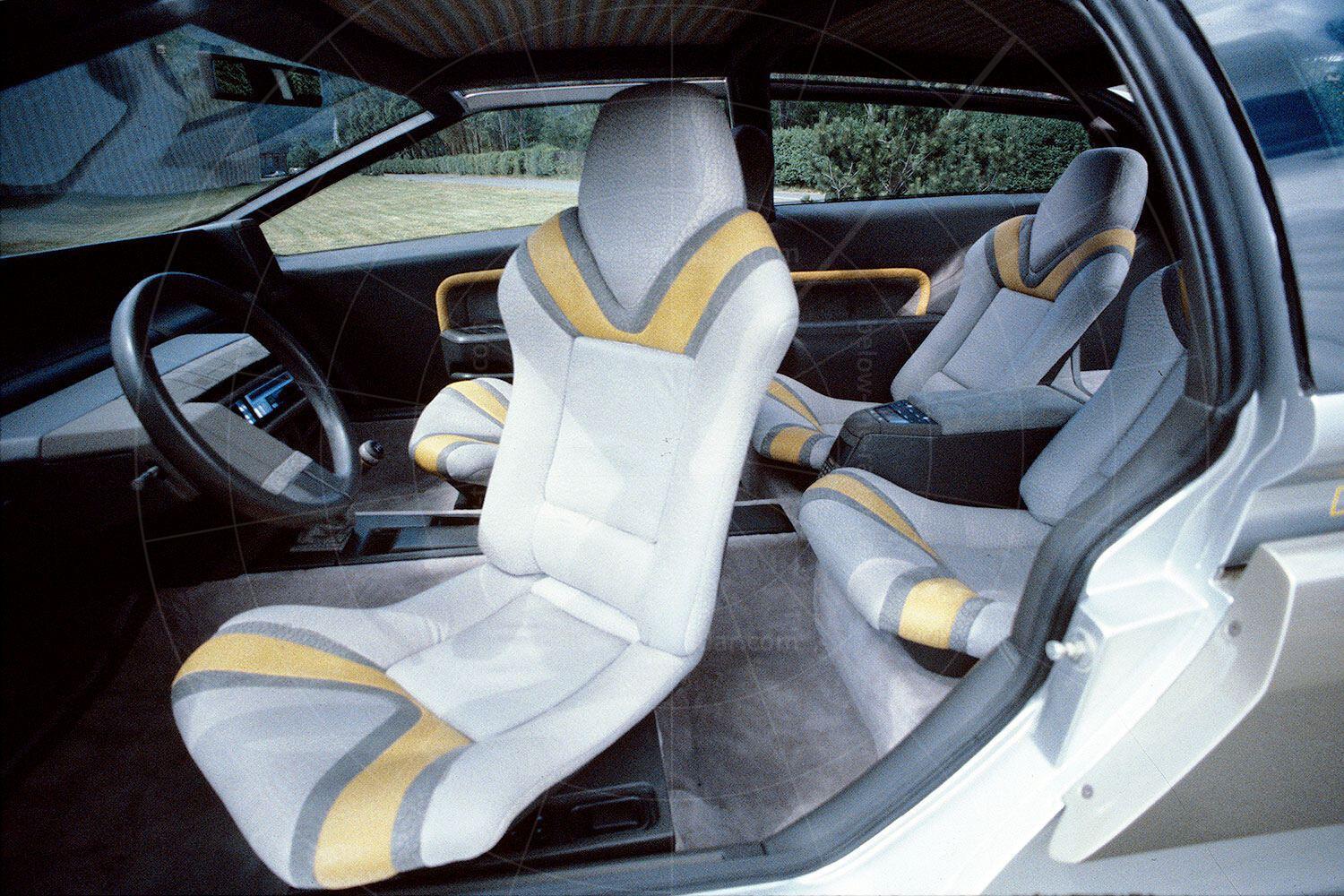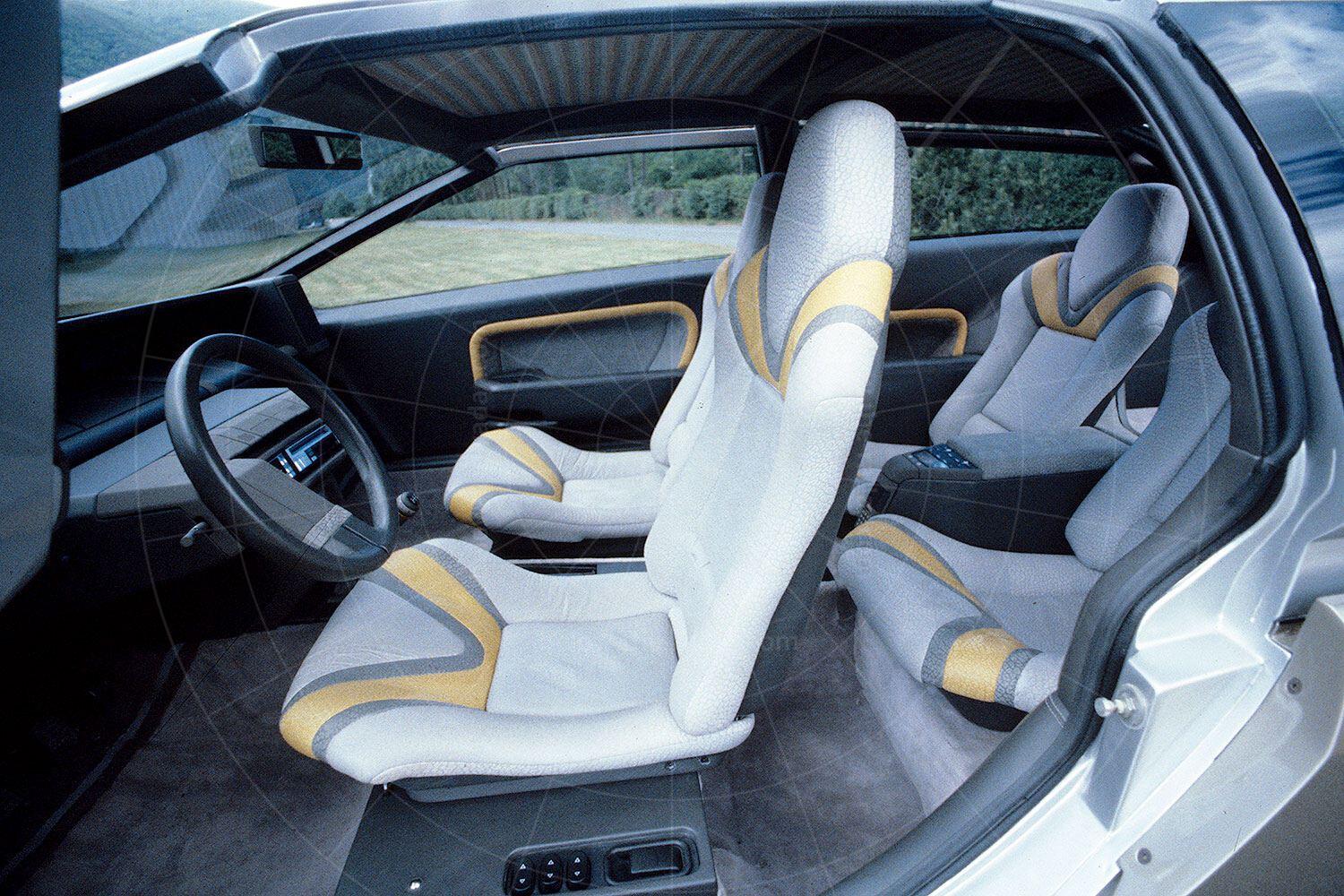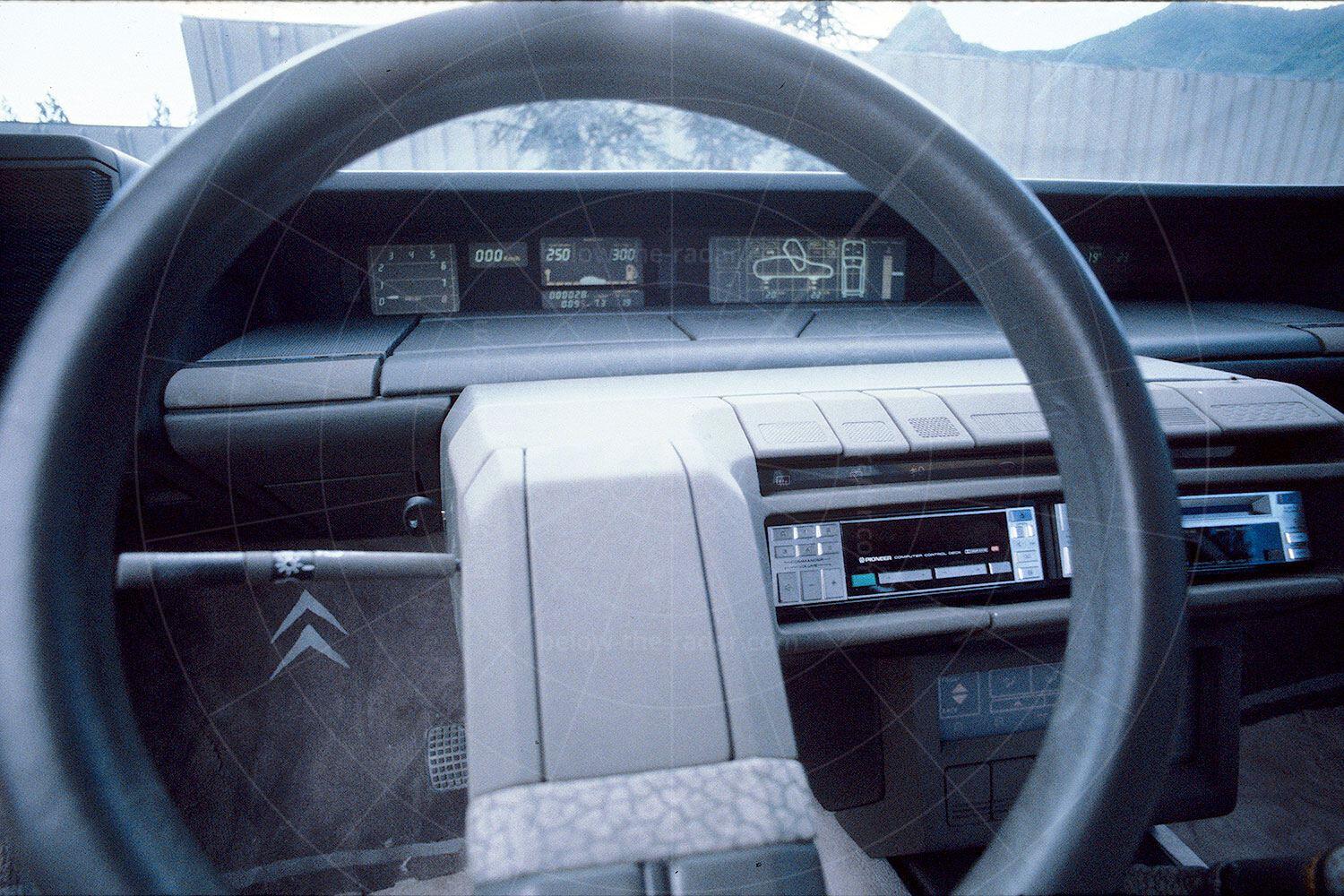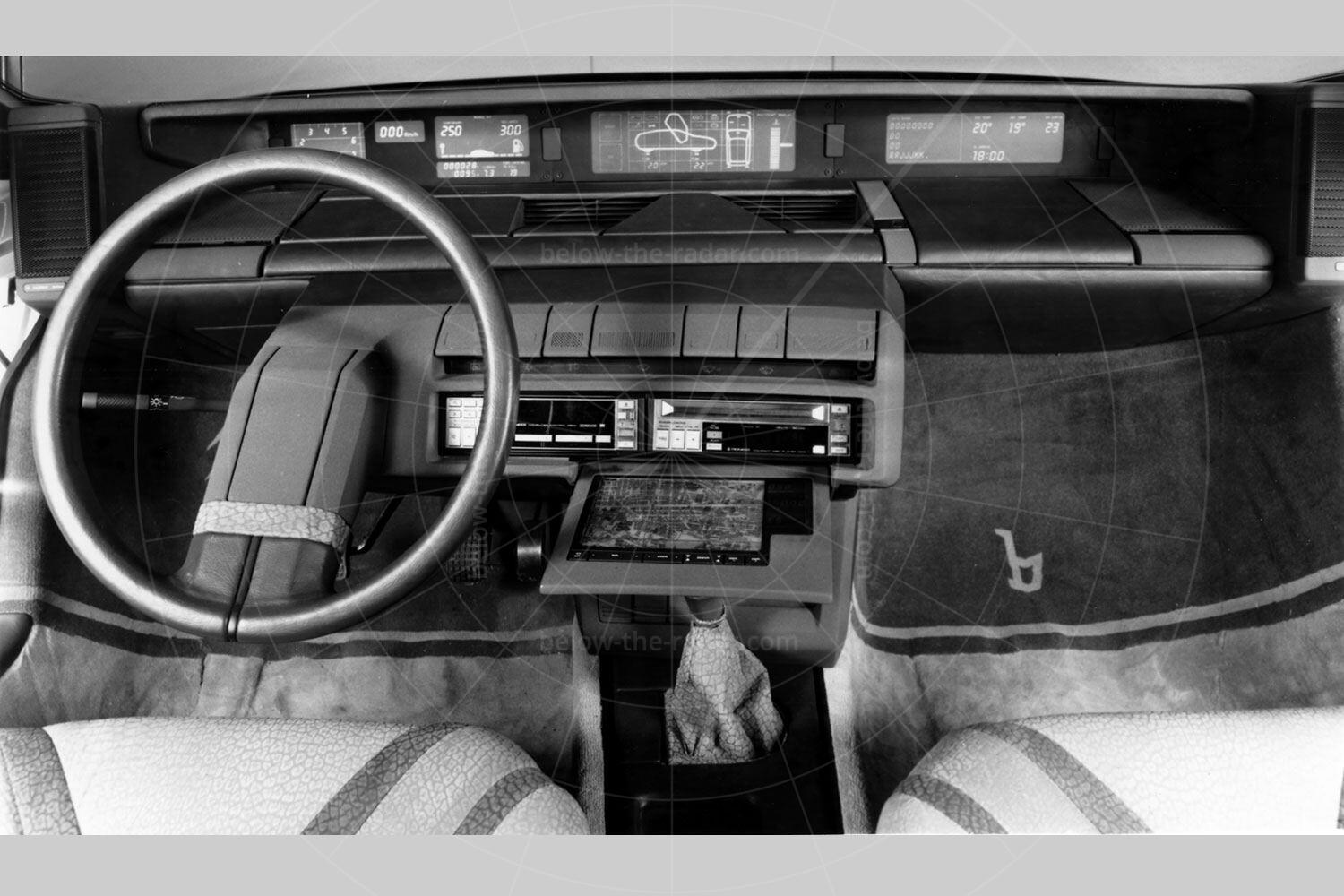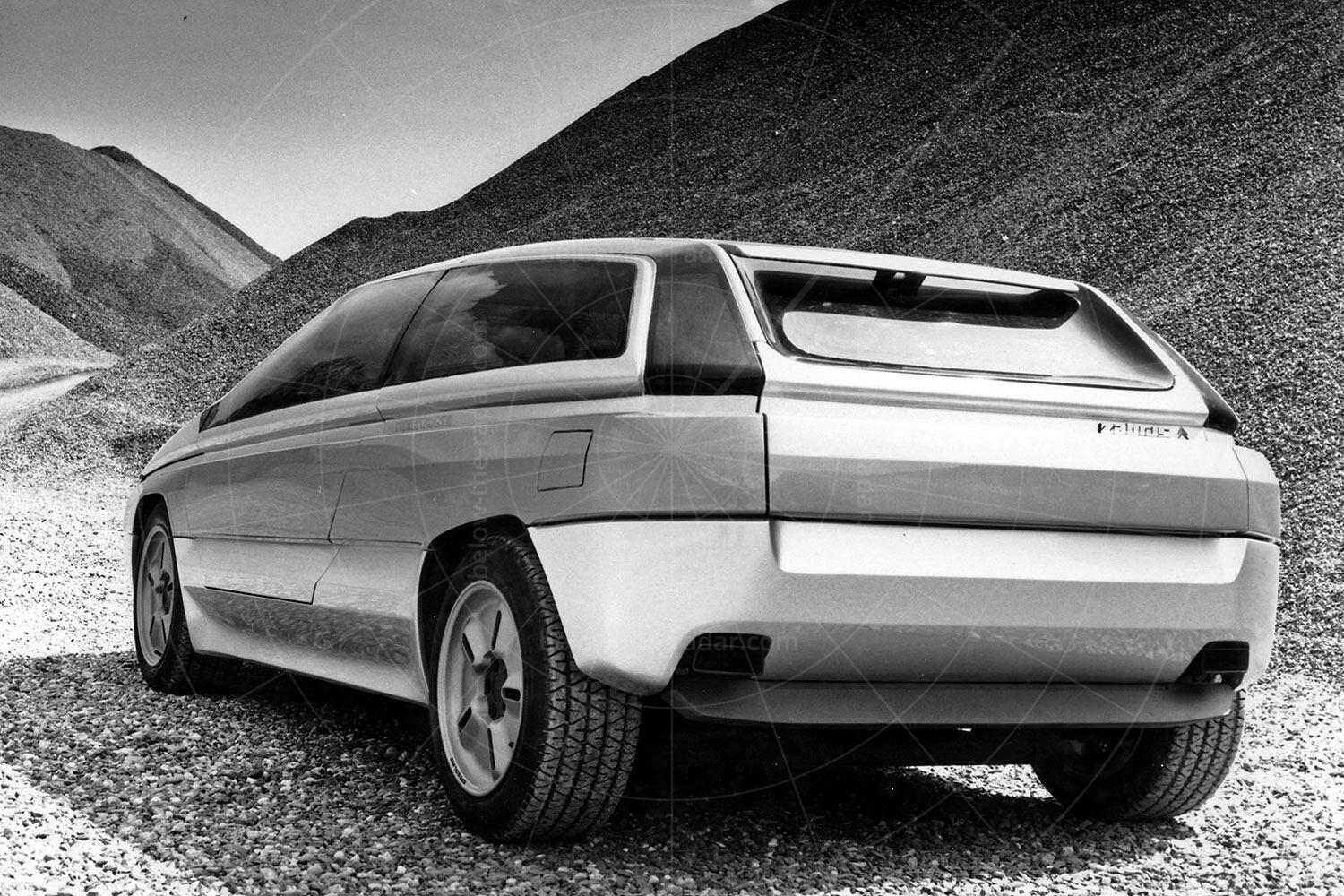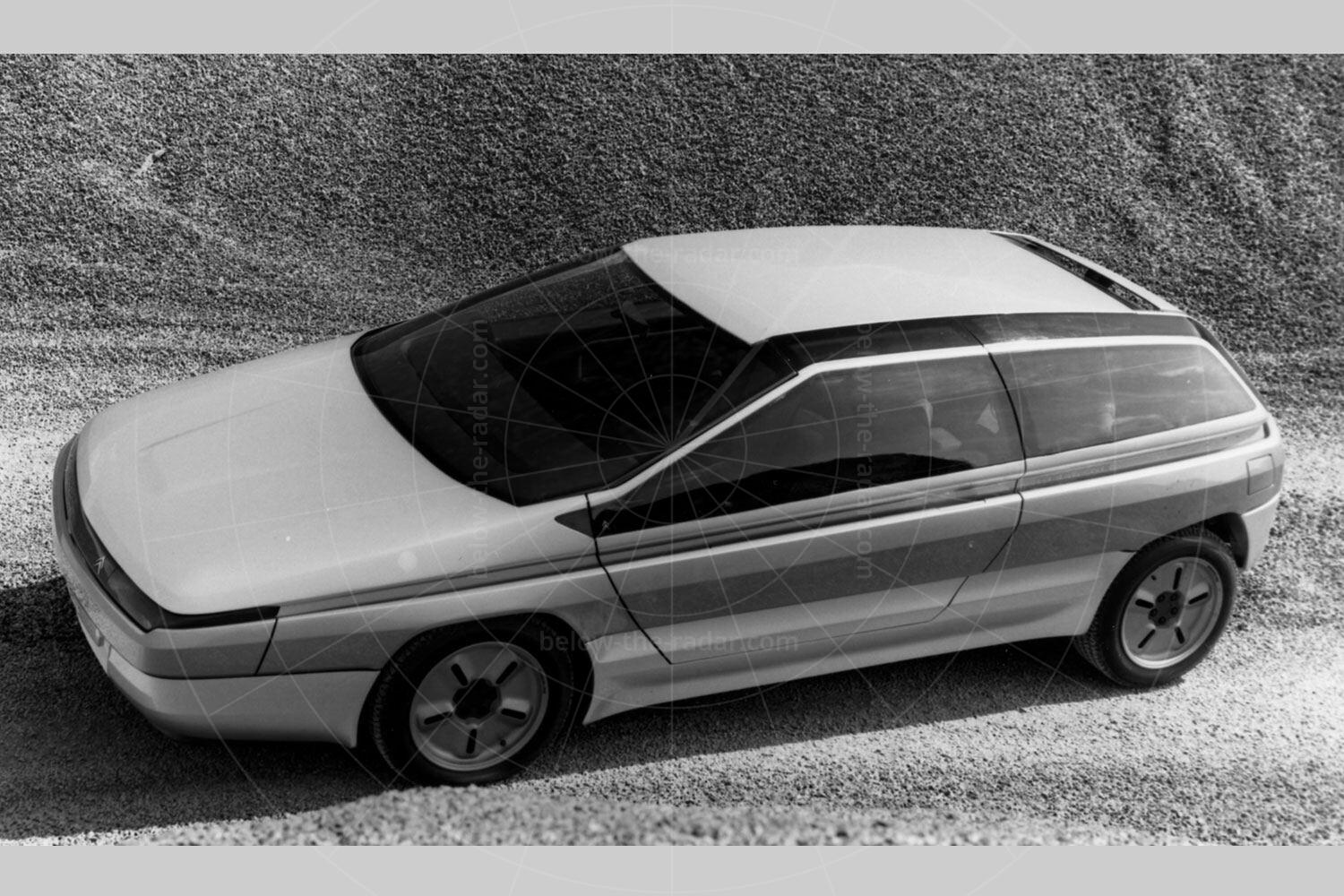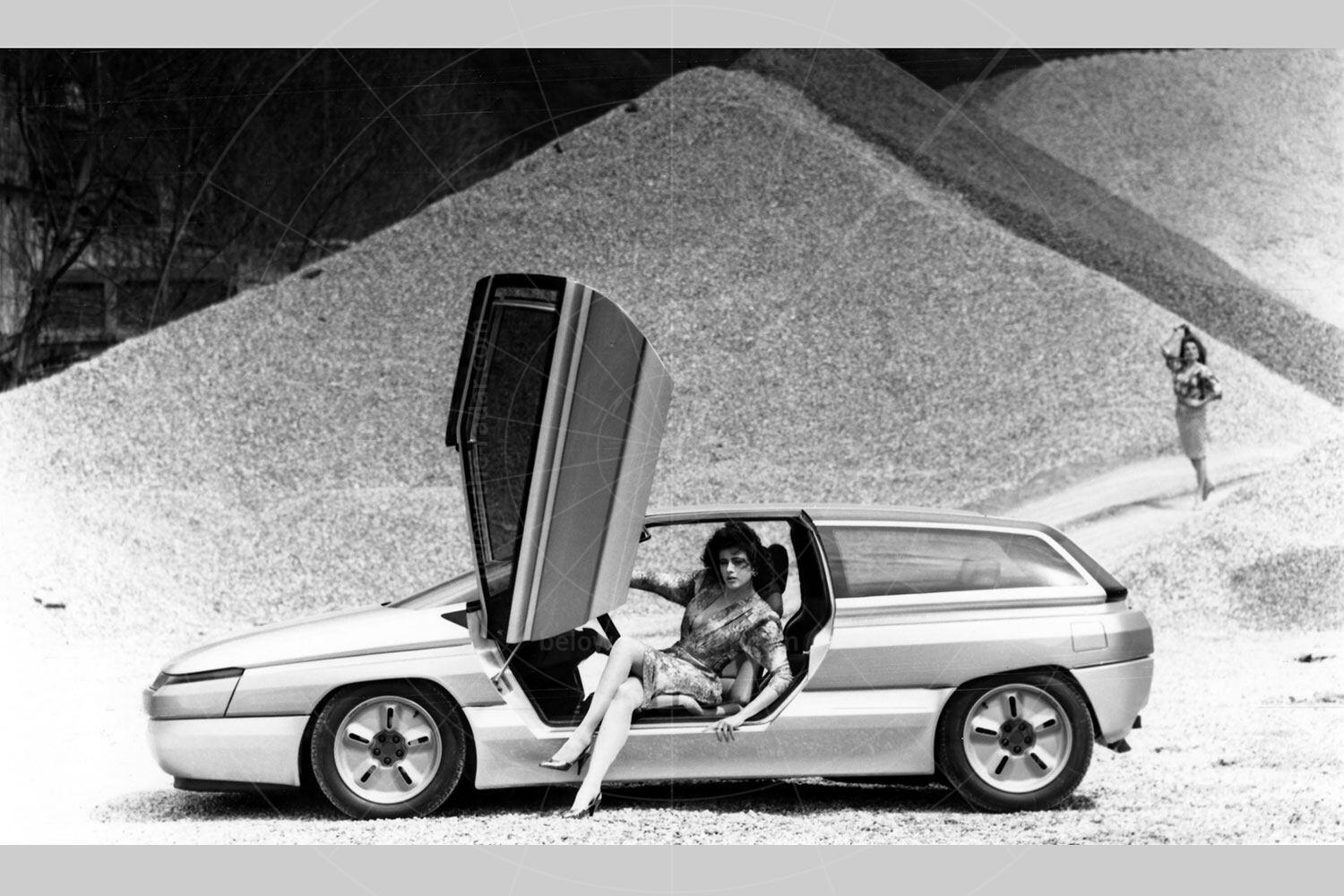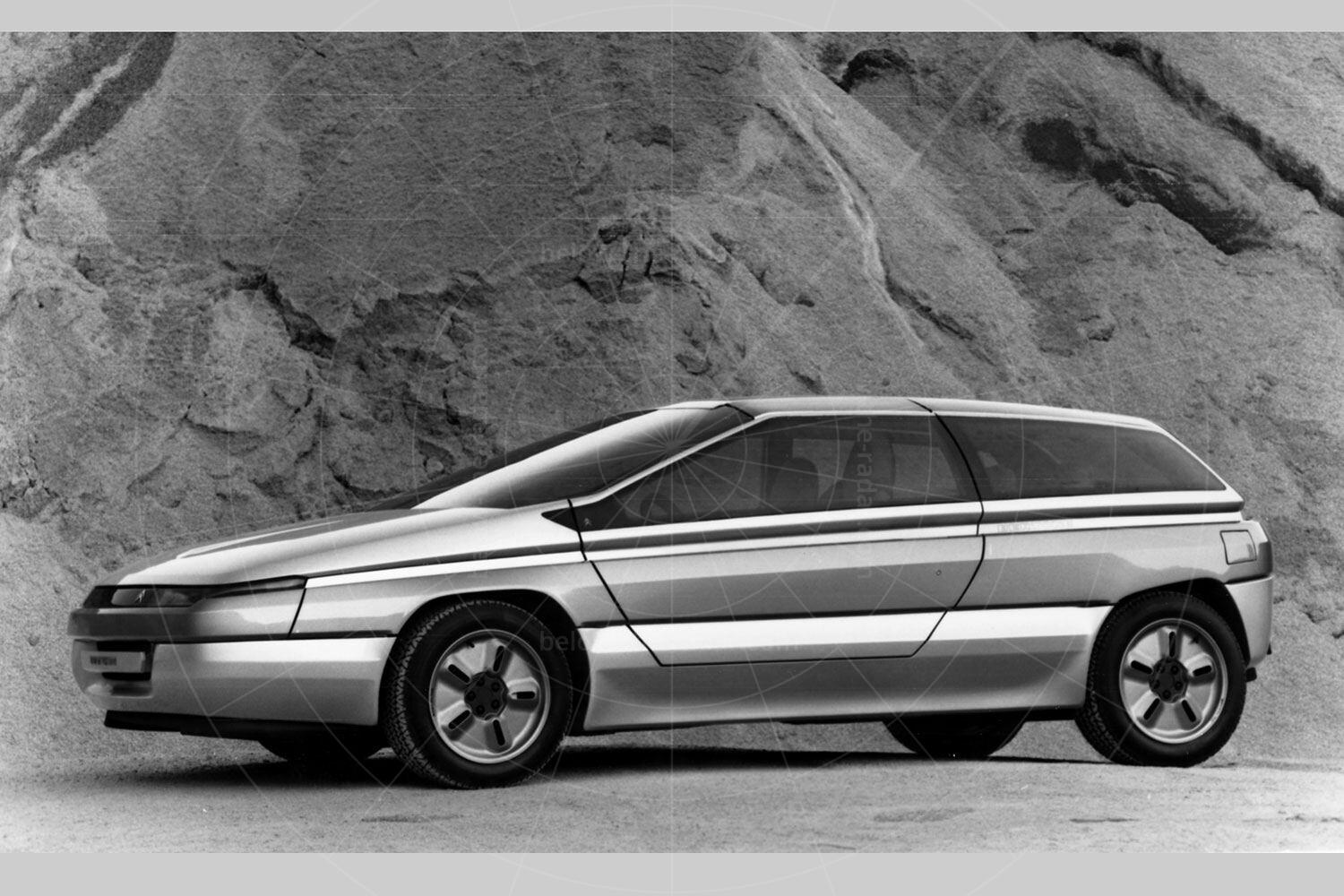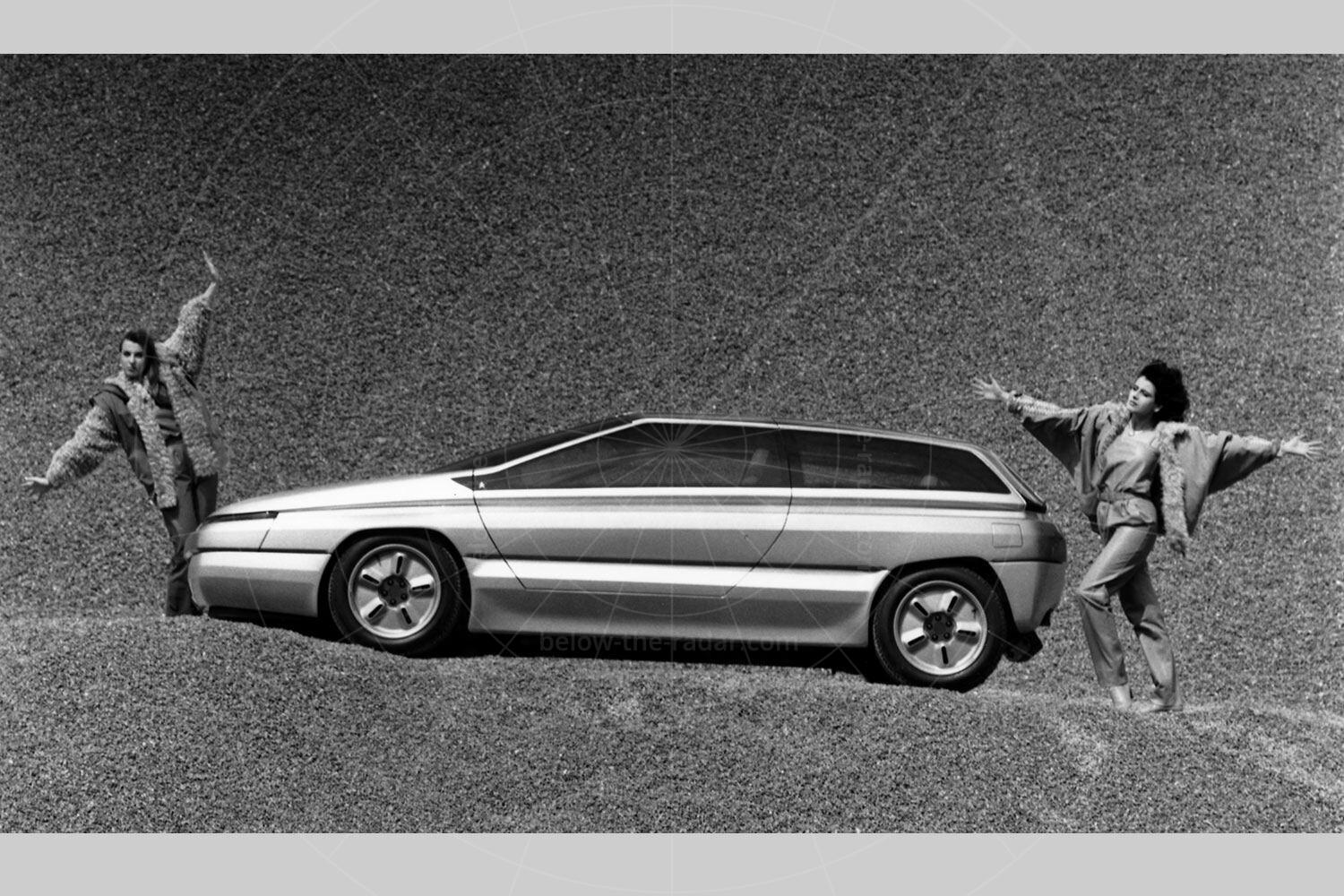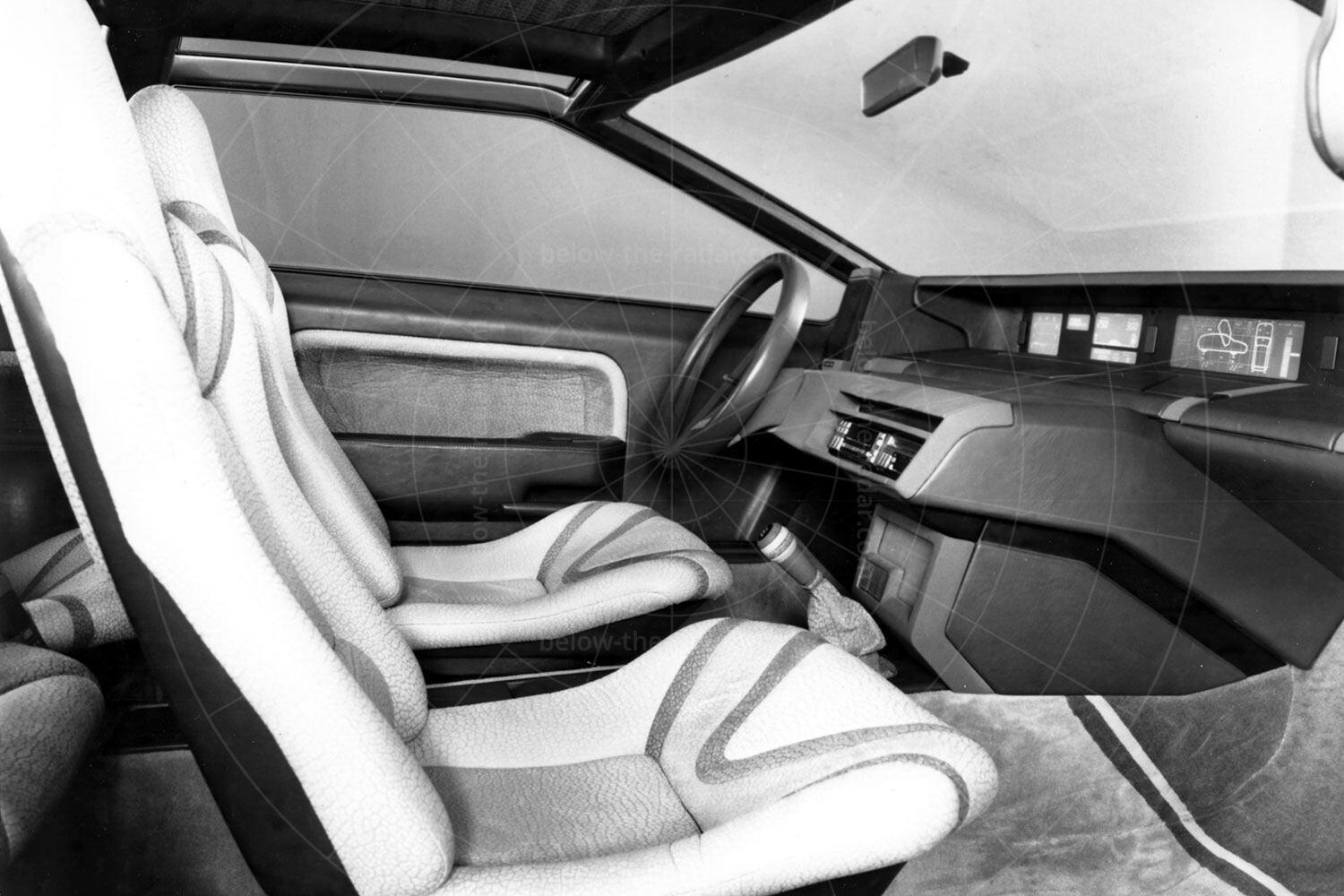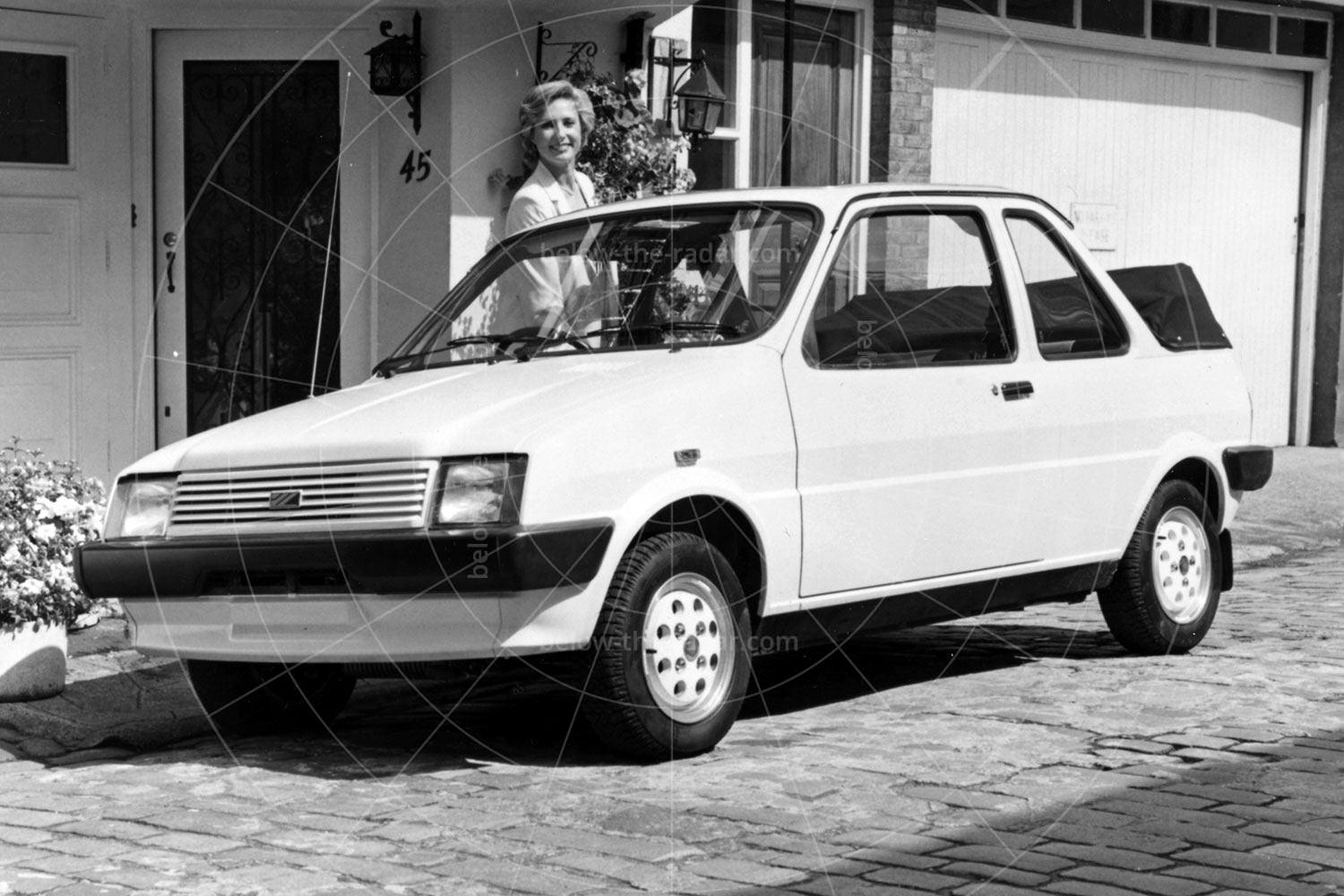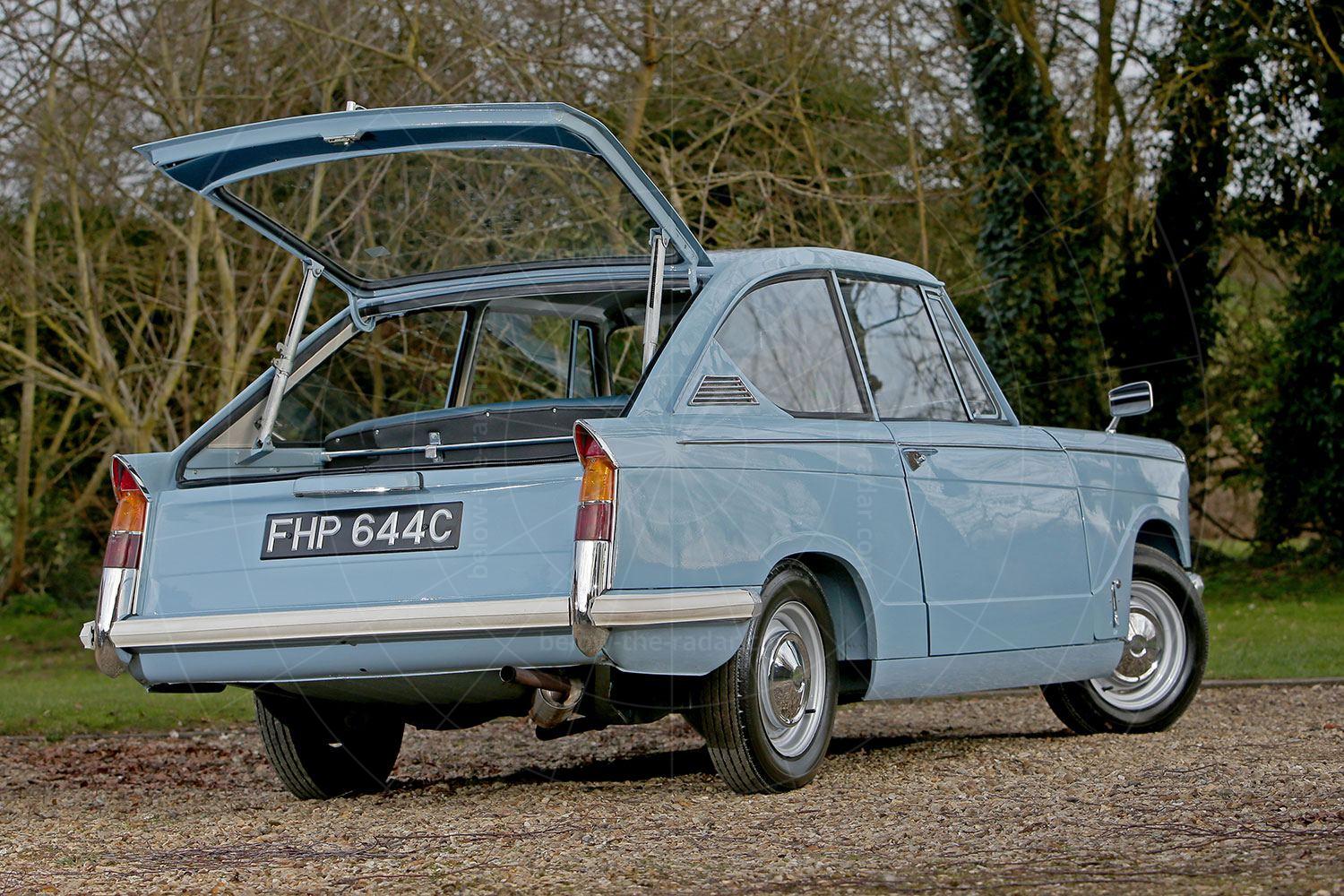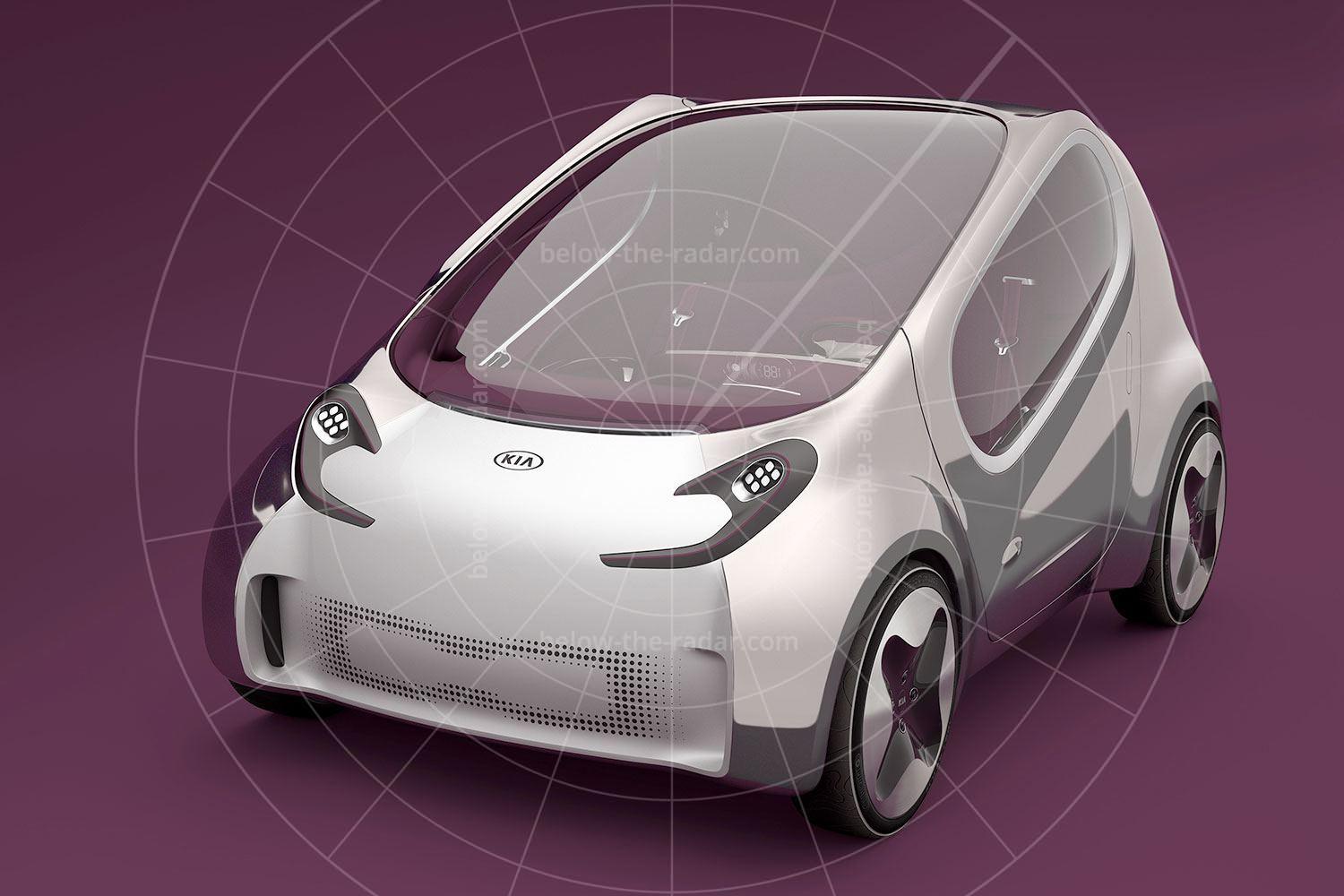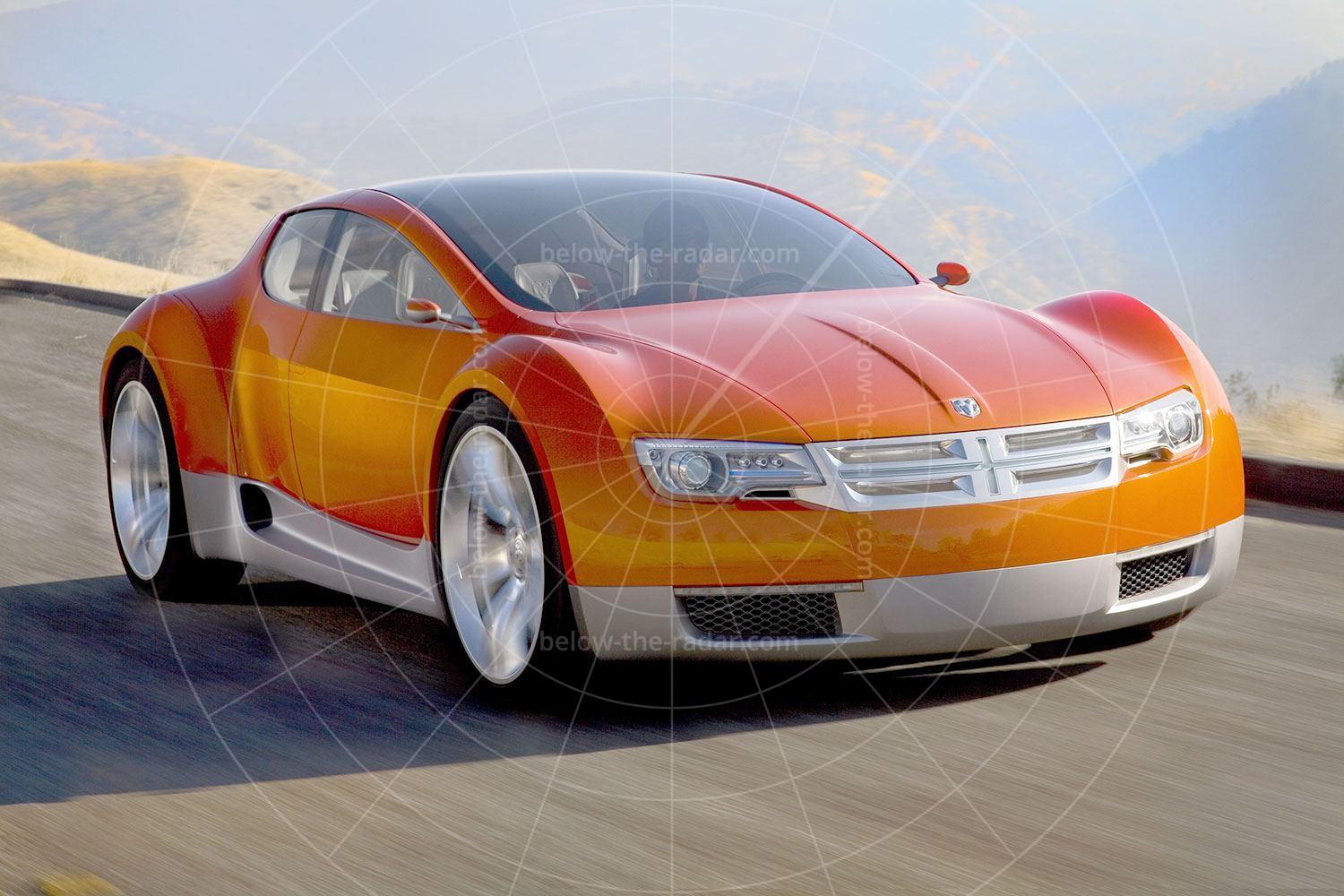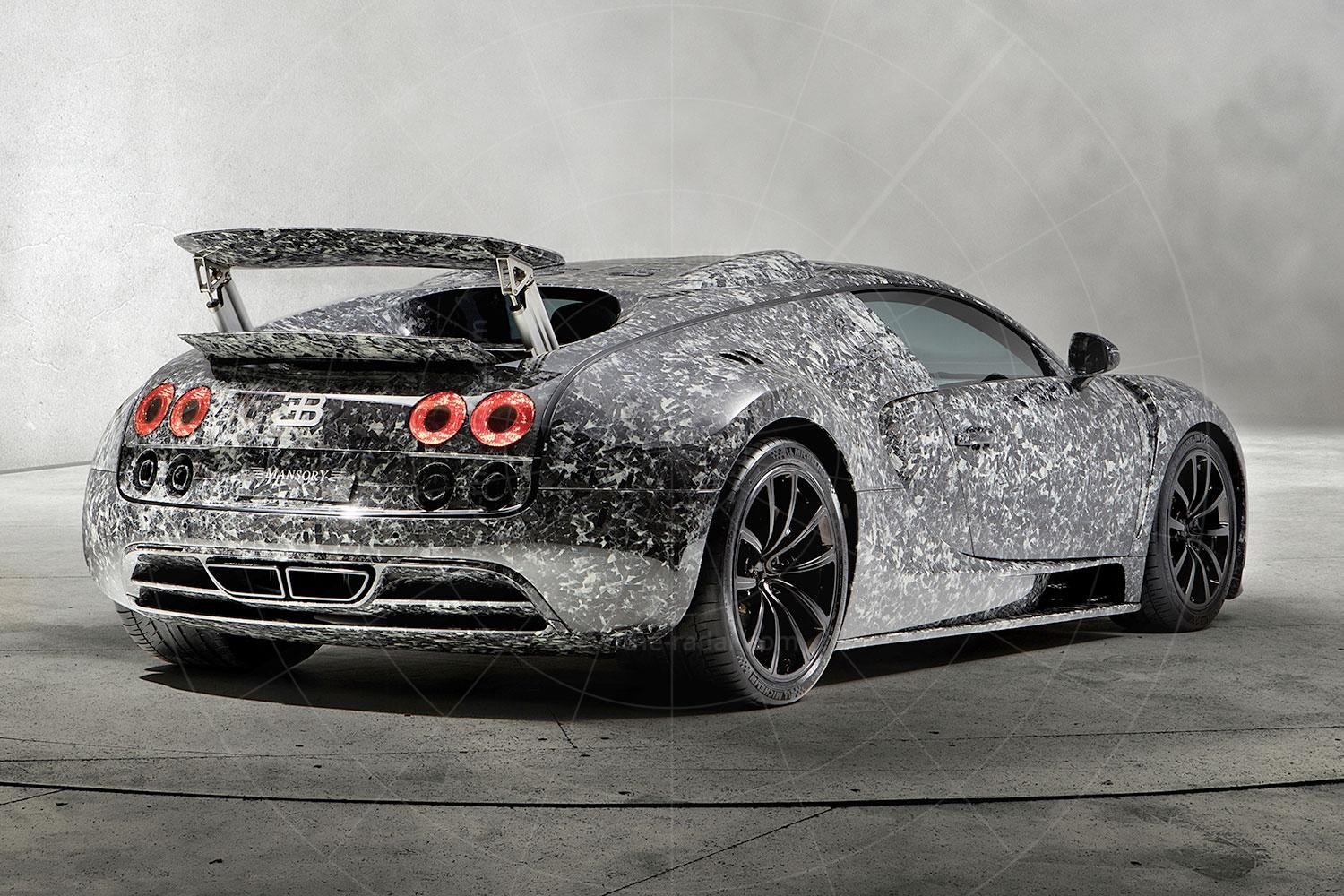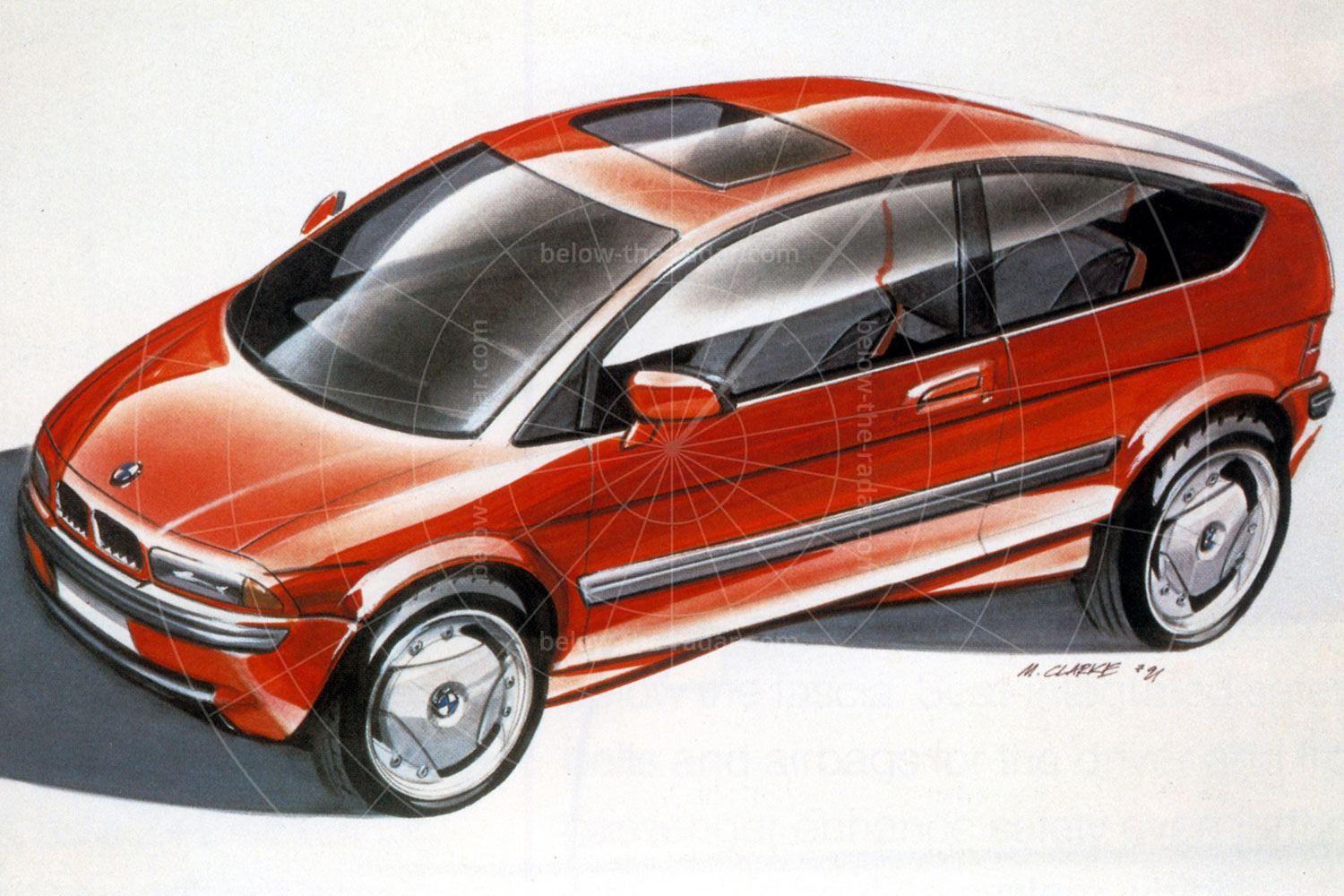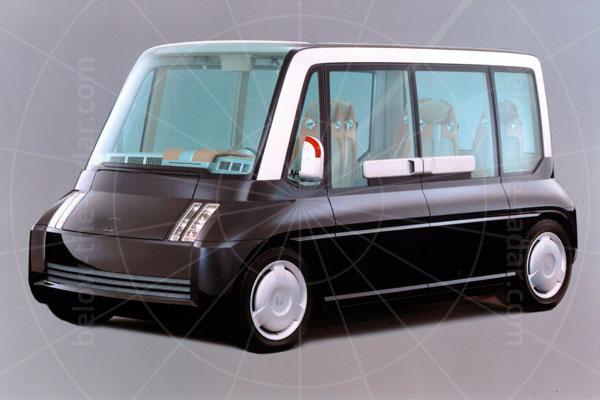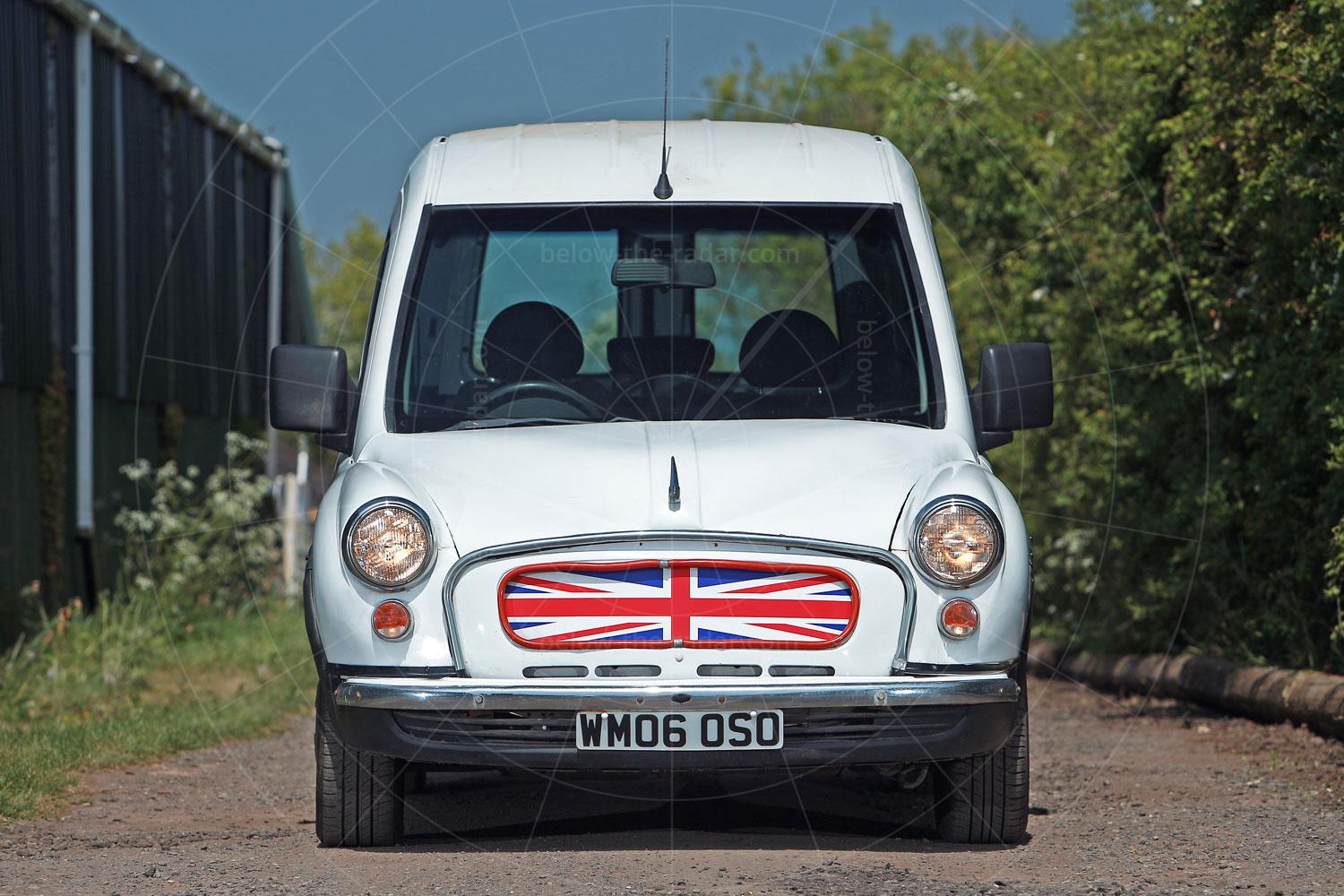Take away the badges and you’d have no trouble guessing which manufacturer supplied the car which provided the basis for Bertone’s Zabrus. That boxy, angular shape was heavily inspired by the Bertone-designed Citroen BX upon which this 1986 concept was based – but it wasn’t any old BX. Instead, the floorpan and drivetrain were taken from the BX 4TC, which was Citroen’s Group B contender for the World Rally Championship.
Whereas some Group B cars – such as the Ford RS200, MG Metro 6R4 and Peugeot 205T16 – have passed into legend, the Citroen is largely forgotten. But like its rivals, the BX 4TC was potentially hugely powerful, featured four-wheel drive to get the power down, and was packed with hi-tech gadgetry to keep everything working while being thrashed along a badly surfaced rally stage at high speed.
In the rally car the turbocharged 2141cc in-line four-cylinder powerplant provided a storming 380bhp or so, helped along the way by fuel injection and an intercooler. But Bertone didn’t want such a highly stressed engine in the Zabrus, so the unit was de-tuned to around 200bhp to make it more driveable, with the power being transmitted to all the wheels via a five-speed manual gearbox.
Despite such rugged underpinnings, the Zabrus wasn’t intended to be anything more than a sure-footed, civilised high-speed luxury cruiser. It used the concept of a relatively compact three-door sporting estate, in the mould of the Reliant Scimitar GTE – or more recently the Volvo 480ES – which meant plenty of style and a healthy dose of practicality. To that end there was a split folding tailgate to get into the load bay, while the doors were opened scissor-style; hardly the most practical or durable configuration, but essential for attracting attention when the car was being shown.
Comfort and safety were also high on the list of priorities, with a clever system of infra-red cells built into the interior of the Zabrus. These measured where the driver’s eyes were and adjusted the seat accordingly; something that the Volvo Safety Concept Car would do, in a rather more complex way, over a decade later. The front seats could swivel to become rear-facing, although the aim of this facility was really to ensure easier entry and exit by turning them to face the doors.
The interior was designed to be user friendly, so all of the instruments were grouped together as far forward and high up as possible, so the driver didn’t have to take their eyes far from the road ahead. Meanwhile all of the switchgear and other controls were clustered together within easy reach, on a special console.
Because there was so much instrumentation it had to be split into three sets of displays, with each cluster focusing on one type of information. Closest to the driver was everything relating to the speed, engine revs, trip mileage and other such functions. In the centre was everything relating to mechanical and signalling functions, while furthest away were all the navigational aids.
With compact disc technology in its infancy, it was only right that the Zabrus should feature an in-car CD player, developed by Pioneer. The CD player could also act as a satellite-navigation tool as well – something which would become commonplace, but which in 1986 was pure fantasy.
Something else which seemed to be more closely related to fantasy than reality was the headlining, which was a leather mosaic. Bertone argued that with pictures adorning the walls of any home, it was only fitting that the Zabrus should follow suit. After all, a car is an extension of a person just as their home is, so why not? Funny how that one didn’t catch on, just like the utilisation of Kangaroo-finish leather for the rest of the cabin didn’t take off…
| Vital statistics | |
|---|---|
| Debut | Turin, 1986 |
| Engine | Front-mounted, 2141cc, turbocharged 4-cylinder |
| Transmission | 5-speed manual, four-wheel drive |
| Power | 200bhp |
| Torque | 138mph |

